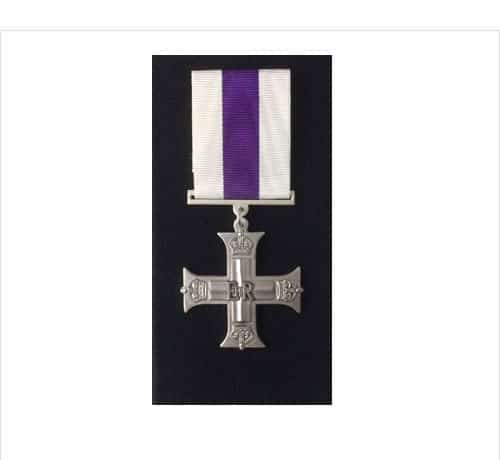When The Queen’s Royal Irish Hussars passed through the border minefield and into Iraq on 25 February, the Battle Group was led by Major Maddison’s Squadron, spear-heading 7th Armoured Brigade’s breakout to the east.
The immense speed at which the Squadron drove forward set the pace for the entire Division.
In the first British contacts of the war, Major Maddison pressed his Squadron on relentlessly, fixing and destroying a number of enemy positions.
At night fall, in pitch darkness and driving rain, Major Maddison’s Squadron made contact with an enemy force of brigade strength.
Over a four hour period the Squadron manoeuvred, probing the position. Although fighting almost blind, Major Maddison accurately determined the size and extent of the position, enabling the Brigade Commander to co-ordinate an attack.
During the course of this operation, Major Maddison identified an enemy armoured counter-attack. He acted immediately, deploying his Squadron into a counter-penetration position from which 14 enemy tanks were destroyed.
The counter-attack was consequently broken up, an action which played a vital part in the success of the Brigade attack. At first light, Major Maddison again manoeuvred his Squadron forward, destroying a further 12 enemy tanks and capturing some 50 prisoners.
Three hours later, the Squadron was again in contact, fighting on the right flank of a Battle Group attack.
For a second time, Major Maddison detected an enemy counter-attack, which he halted with rapid manoeuvre and accurate fire. During this action, a number of enemy tanks were destroyed and some 80 prisoners captured.
Throughout the campaign, during which Major Maddison’s Squadron advanced some 300 kilometres in four days, he commanded with outstanding leadership and great courage.


